Narrowing the Analogous Arts with a Problem-Solution Statement
Patently-O
SEPTEMBER 11, 2023
The Patent Trial and Appeal Board’s sided with the patentee, holding that a key prior art reference was not analogous art. This case also raises questions about the value of explicitly stating the problem solved within the patent document, and perhaps directly in the patent claims. 22-1138, — F.4th 4th — (Fed.


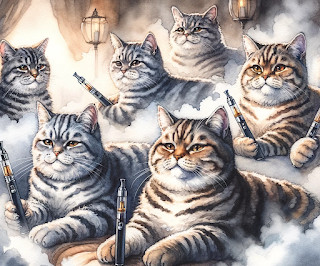
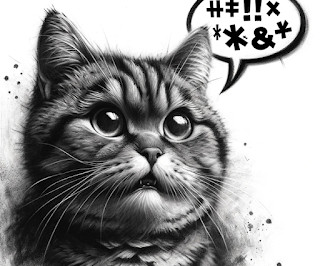
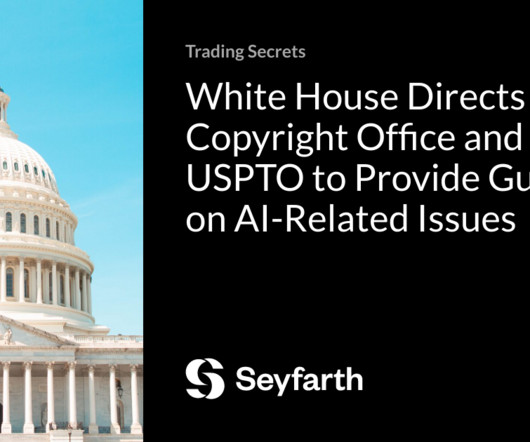
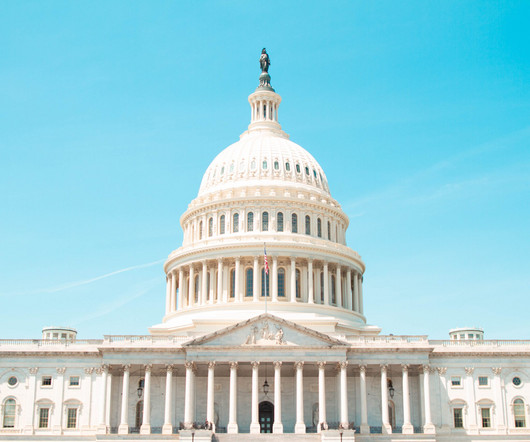
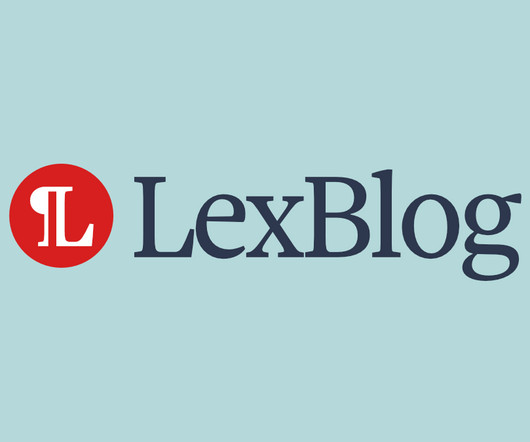






Let's personalize your content